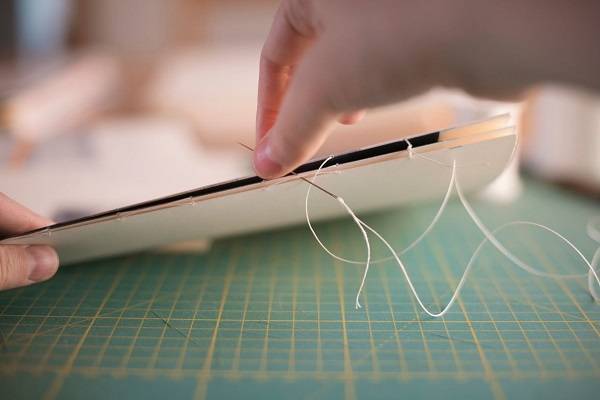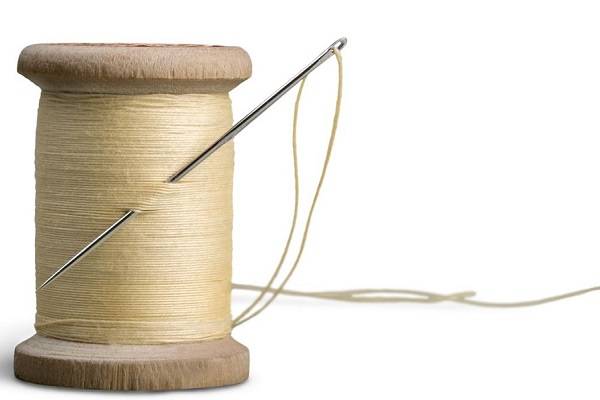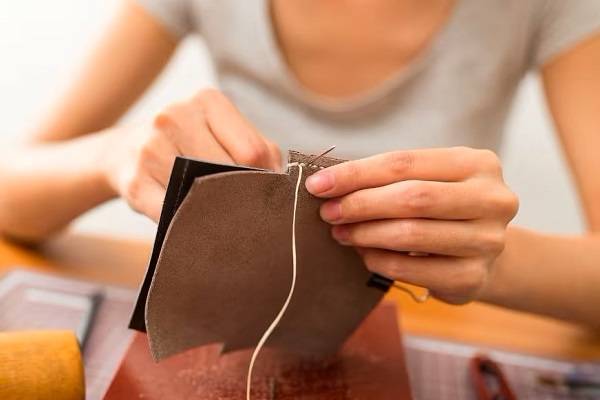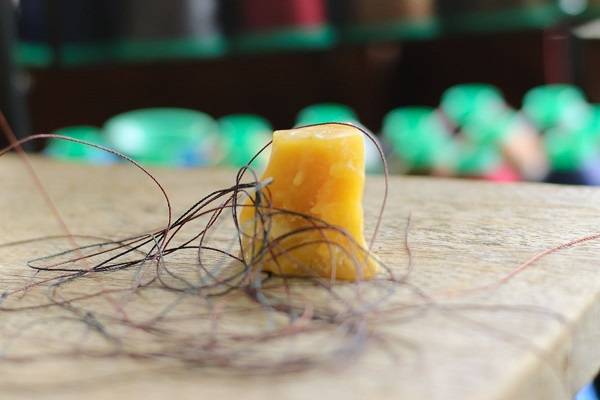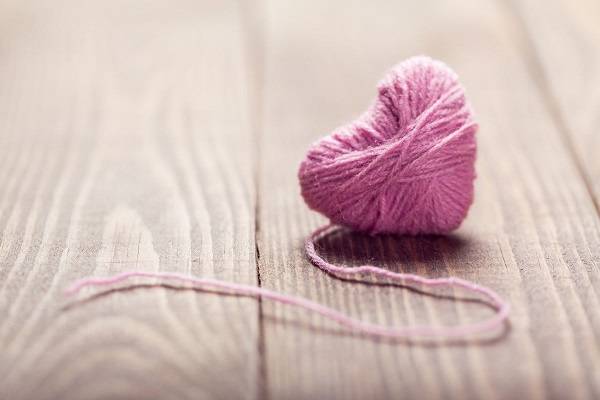DIY Bookbinding Tools & Materials Quick Start Guide
Beginner’s Guide On Must-Have Tools For Book Binding. Learn More About the Equipment You Need to Make Great Handmade Journals, Diaries, & Notebooks.

Innovation & Quality
Developing and supplying premium-quality, sustainably grown, consumer products
100% Natural
Organically Grown and Ethically Sourced
hemp and other natural fiber products
Shipping
We offer fast shipping
Your order out within 1-3 days
Wholesale
Visit our wholesale portal to register or login to your account
DIY bookbinding is an old craft that is quite easy to do. Even if you don’t have any experience, you can quickly craft beautiful items including art books, scrap books, journals, diaries, booklets, and notebooks. But what items do you need to start making hardback books? There are lots of tools, supplies, and equipment used in the process of binding a book such as paper, thread, glue, awl, bone folder, carpenter’s square, boards, cloth, and so on. You probably have some of them at home, but other need to be purchased. But if you are just starting out, how do you decide which ones you need to acquire?
Hemptique: Your Source for Sustainable Bookbinding Supplies
Hemptique is a dependable manufacturer and supplier of premium sustainable cords for various crafts and hobbies. We supply artists, hobbyists, craft shops, retail stores, and art supplies centers in domestic and international market with top-quality merchandise. If you are a bookbinder and are looking for durable threads, take a look at our bookbinding linen thread or 2-ply hemp thread. They are all excellent choices for binding books, regardless of what technique you are using or what your skill level is. These cords are very strong, they are easy on hands, and are sustainable. For more information, visit our web shop or give us a call on (760) 602-4864 ext. 403 and 405. You can also register for a wholesale account or order in bulk and take advantage of multiple benefits including volume pricing options.
Piercing Awl
When you are using thread to sew the pages of your DIY book, it’s paramount to get piercing awl. Piercing awl is a sharp hand tool that has long metal point used to make small holes in paper, book spine, or book covers. It’s strong enough to puncture through materials like cardboard, fabric, and leather. It’s main purpose is to pierce openings and mark points for sewing the pages together. It typically has bulbous wooden handle for grip. Substitutes for an awl include needles, pushpins, thumbtacks, corn cob holders and other sharp items. Look for objects that have consistent thickness along the sharp end in order to avoid enlarging the hole as you push through the paper.
Key features
When choosing the awl, look for the following features:
Form – Look for thin and sharp tools that have the ability to make neat punctures through various materials, including book boards or leather. If the point is wide and dull it will be difficult for you to perforate clean holes through dense materials used for putting together ledgers, publications, and registers.
- Smooth surface – Make sure that the awl has smooth surface, because jagged sides may catch onto paper and make it harder for you to work.
- Material – Avoid low-grade alloys, and choose steel instead. Stainless steel is perfect for precision work, it’s resistant to rust, and holds its sharpness well. Alternatively, look for diamond tips or those that have some sort of coating that make the tool harder and sharper for longer time.
- Comfort - Pick an awl with ergonomic, comfortable handle to ensure it doesn’t slip easily and it doesn’t cause wrist strain.

Bookbinding Needles
One of the most commonly used tools in bookbinding is the needle, used for hand-sewing books together. It is made of metal and has small, polished eye that prevents thread from fraying and wearing. There are varieties to choose from – straight, curved, long, short, thick, or thin. These differences are not entirely technical, the type you choose may also depend on how skilled you are, how small (or big) your hand is, what type of project you are working on, and how the needle feels in your hand.
Main attributes
- Shape - Pick a very sharp needle with long shaft to ensure easy piercing through materials of various thickness. Straight needles are better for beginners as they are commonly used for basic, long stitching around along straight lines. Curved needles, on the other hands, are preferred in Coptic binding, because the curve is ideal for stitching around corners and angles, and for tighter and more complex patterns. You should try both types to see which one feels more comfortable to work with, but be aware that curved needles may take a bit more practice to use effectively.
- Material – If you are looking for durable and lasting option, pick stainless steel.
- Needle length – Pick longer needles (with larger eye) for larger book projects or thicker boards. Longer needles are easier to maneuver and thread and that’s why they are a good choice for beginners. Shorter needles are preferred for delicate stitching and, in general, they are better for handling bends, corners, and smaller projects, but may be harder to grip and difficult to use when threading dense materials.
- Needle point - Quality needle has blunt or slightly rounded point with no evidence of wear or tear. Smooth, blunt tip ensures smooth stitches and reduces the risk of tearing or snagging the paper.
- Gauge – Gauge denotes needle thickness, and they come in a range of sizes. Commonly used sizes include #11, #15, #18, #20, and #25. Smaller number denote thinner needles, while larger numbers indicate thicker gauge.

A Sharp Cutter
Bookbinders cut dozens of paper at a time, so having a sharp cutting tool is very important in this craft. This tool enables you to make clean, precise cuts and achieve a neat-looking final product with straight edges. A blade that’s not sharp enough causes poor quality binding, uneven cuts and less professional appearance. Optionally, instead of paper cutter you can use a sharp knife, X-Acto knife, or razor blades.
Primary characteristics
- Dimensions – Popular paper sizes in bookbinding are between 11 and 17 inches tall, so choose paper trimmer length of about 12 – 18 inches in order to be able to accommodate the above mentioned paper sizes.
- Materials – Common material for the blade is steel or alloy steel because it’s durable and can easily cut through several sheets of paper. Handle material should have good, firm grip and be comfortable and lightweight while handling, so pick materials such as wood (oak, maple) or high quality hard plastic.
- Trimmer types & their capacity – Each cutter type is defined by its paper capacity. Rotary trimmer has capacity of 1 to 5 sheets, guillotine cutter can handle 20 – 50 sheets, ream cutter from 50 to 90, and stack cutters can handle over 100 sheets. Among all of these, guillotine cutter is the most versatile and suitable for general use and beginner bookbinders.
- Safety features – Increase work safety by picking cutters with lock systems, protective guards, non-slip feet, and blade latch hooks.

Bone Folder
A bone folder, also referred to as ‘folding bone’, is hand tool with dull edges, used for making crisp edges, folding, creasing, and burnishing of paper in crafts such as bookbinding, origami, calligraphy, and other paper crafts. It’s usually made of synthetics or bones, with one pointy end for scoring, and other, rounded end, for pressing and burnishing, while the long side is used for smoothing the crease out.
Basic features
- Shape – In essence, it’s a thin polished bone that looks and feels like plastic, but they come in various shapes and sizes. Curved shape is ideal for rounded or curved surfaces and corner edges, while straight edge is designed for defined lines and precise, straight folds.
- Material – Bone folders are usually made of plastic, Teflon, or ox (cow) bone. When shopping for folder, select non-stick, strong materials that don’t leave visible marks. If you are looking for environmentally-friendly solutions, then wood, bone, horn, or rock are all good choices.
- Alternatives – If you are just a beginning your crafting journey and still don’t want to invest in to many tools, try using your hands and fingers, pens, citrus peelers, rulers, etc.

T-Square or Standard Ruler
For your bookbinding projects, you are going to need a tool with straight edge at all times, to help you measure and trace and sketch lines on paper. Of course you can use any ruler you have at home, but you should also consider getting high-quality options which will make your crafting job easier and more enjoyable.
- Size – Whether you are using a standard ruler, a T-square, or a carpenter’s square, you have to find one that has enough length and weight for the project. A 12 to 18 inch ruler is considered appropriate for most bookbinding tasks, so look for this size when shopping for the ruler. A 24 inch would be even better, as it would expand the scope of possibilities to larger paper sizes.
- Materials – Steel or hard metal is always preferred choice as you might be using is as cutting edge so you need something that will keep its edges perfect for longer. Cork back prevents skidding and injuries.

Additional Tools & Supplies
Apart from these basic tools, you may also want to consider acquiring the following tools and supplies. Bear in mind that type of binding technique determines what type of tools and equipment you will need.
- Paper – To start, use sketch paper (60 lbs./80 gsm weight), which should meet your requirements in the beginning stage of crafting books. For more advanced projects try premium quality hemp paper.
- End papers (cardstock) – if you plan on making a book that has endpapers, use a cardstock that is at least 80 lbs. (or more) in thickness.
- Linen (or hemp) thread – Use any thread that is strong and durable, and will not snap or fray after prolonged use.
- Pure white glue (PVA) – Dries faster than regular glue. If you need it to dry slower, while you work, you can mix it with wheat starch paste. It will keep its properties, while giving you more time to finish your work.
- Bookbinding tape – Both linen and cotton tapes are ideal because they are strong enough to support the binding.
- Bookbinding board – Serves to prevent materials from warping and to keep all components straight.
- Cloth – There’s two kinds of fabrics needed in this hobby. The first one is a piece of linen or muslin cloth which is used to assemble and cover the signatures together after sewing, while keeping the backbone flexible. The other piece of fabric is stiff, starch-filled fabric used as highly durable cover for hardcover books, such as buckram.
- Shears, paste brushes, cutting mat, scissors, beeswax, sandpaper, etc.

How Long Does It Take To Assemble One Book?
The length of time it takes to finish the project depends on project type and your skill set. It can take anywhere from less than an hour to several days to complete a book. For instance, Coptic binding can seem very complicated for beginners, but it is less complex than working on a hardcover book for instance. Another factor that determines how long it will take to finish your DIY book is the number of pages/signatures it will have.
Recommended Product: Linen Thread
Premium linen thread, lightly waxed, is made from first-class Egyptian flax fibers and has exceptional properties suitable for binding books at home. Linen is remarkable strong, durable, it wears well, and is one of the strongest natural, eco-friendly threads.
- Material: 100% flax fiber
- Size: 12/3 (1mm) / 127 yards; 18/3 (0.6mm) / 172 yards
- Finish: Lightly waxed
- Colors: natural and black

Final Notes
As you have seen, putting a DIY book together can be done using various binding techniques, but regardless of the technique you are using, you need to have proper tools so that your end item has acceptable finish. In the beginning, you may use the tools that you already have in the house, but if you are more serious about this craft, you may want to consider obtaining a piercing awl, bookbinding needles, a bone folder, and sharp cutters. Having adequate tools will help you craft DIY ledgers, books, diaries, and registers that look professionally made and will last you a long time.
Search Our Knowledge Base
If you are looking to expand your crafting knowledge or to find inspiration for new projects, take a look at our Knowledge base section to access and search for article, guides, tutorials, and popular DIY project ideas. The content posted here serves as self-serve online library of information for hobbyists and artisans wanting to broaden their knowledge and learn more about new hobbies that use natural yarn, cord, or thread as supplies. We regularly add new content, so try to visits us often to stay updated. Our knowledge base contains articles on bookbinding, knitting, crocheting, jewelry making, weaving, macrame, and craft ideas for holidays including, Easter, Christmas, Thanksgiving, Mother’s Day and many others.


